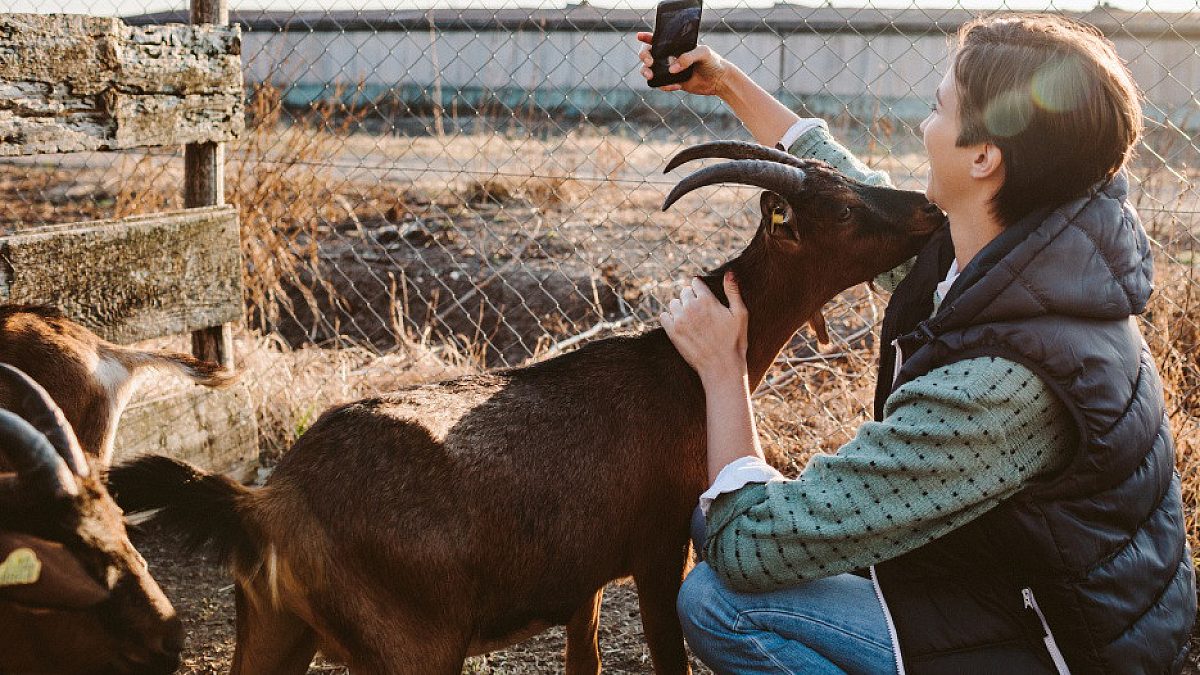It’s Time for Solid Rural Broadband Connections
Guest Author
Special Contributor to FB.org

photo credit: Getty Images
Guest Author
Special Contributor to FB.org
By Tyler Davis @TylerDavis and Julie Murphree @Cottonaggie
For years, rural America has suffered with poor broadband connectivity and lack of technological advancement. Recently, with COVID-19 these struggles have been amplified. The Federal Communications Commission defines rural broadband as at least 25 megabits per second download speed and 3 megabits per second upload speed. Not enough to move large chunks of data across the internet.
“Living in a rural area has great rewards; however rural residents do not have access to the same amenities as those who live in a more urban environment,” said Yuma County (Arizona) Farm Bureau President David Sharp. “We knew that our connection to the broadband, internet as well as our cell service, was a bit challenging, but we got along well enough until COVID-19. When our country began the lock-down we needed to rely on our broadband and cell service even more. But with the added demands on these services by all that use them it became even slower, and more difficult.”
Farmers and ranchers across the nation depend on broadband.
Sharp continued, “With the lockdown, we have needed to use broadband more than ever. One example is meetings; with slower speeds this is exceedingly difficult. But I think an even greater problem is the students that live here are having trouble with inadequate services keeping up with their education.” He also pointed out that local businesses have challenges with slow speeds and the internet being down from time to time.
“All of this points to the need for more infrastructure and capacity, for both broadband and cell service,” Sharp said. “But to me what is of most importance is providing for the students, so that they can be properly educated. This can only be accomplished by reallocation of funding to provide the necessary connections and equipment for our youth.”
Farmers and ranchers in Arizona and across the nation depend on broadband, just as they do highways and railways to ship food and fiber across the country. Many of the latest yield-maximizing farming techniques require broadband connections for data collection and analysis performed both on the farm and in remote data centers. However, 25% of U.S. farms have no access to the Internet according the USDA report, “Farm Computer Usage and Ownership, 2019.”
For decades, farmers and ranchers have embraced technology that allows their farming businesses to be more efficient, economical and environmentally friendly. For example, precision agricultural techniques to allow decisions that impact the amount of fertilizer a farmer needs to purchase and apply to the field, the amount of water needed to sustain the crop, and the amount and type of herbicides or pesticides to apply are becoming more and more ubiquitous in agriculture. These are only a few examples of the ways farmers use broadband connectivity to achieve optimal yield and lower environmental impact.
Tyler Davis is government relations manager and Julie Murphree is outreach director at Arizona Farm Bureau. This column is adapted from a blog post originally published by Arizona Farm Bureau.
Top Issues
VIEW ALL